Miscellaneous - Feature
by Jon Rogers
published: 23 / 6 / 2006
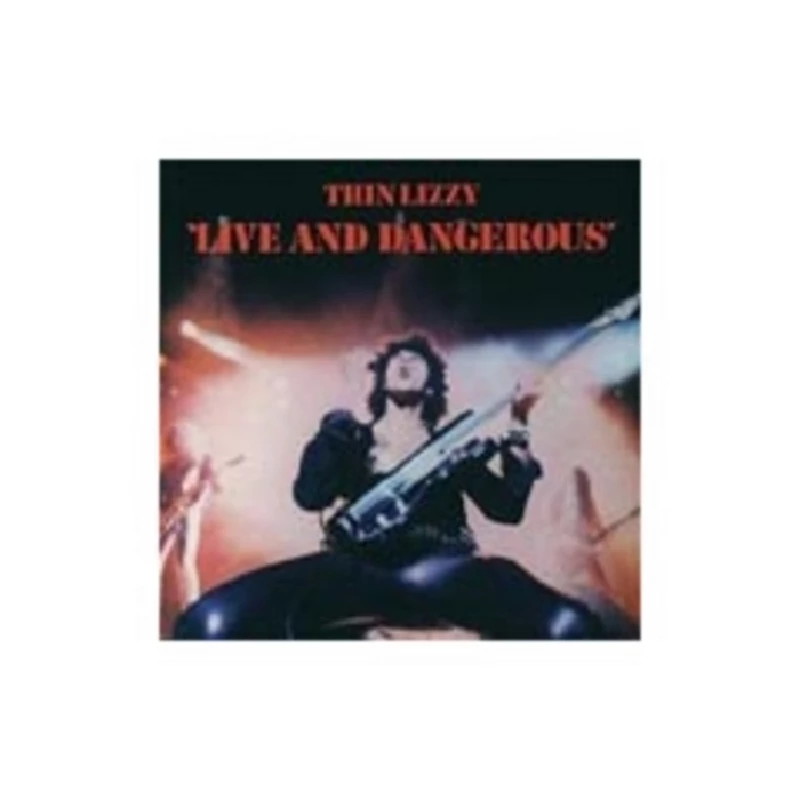
intro
Live albums are notoriously tricky to get right. Jon Rogers writes about some of their greatest successes and worst failures
Live albums are notoriously tricky beasts to get right with far too many groups missing the target by some miles. All too often they simply sound like a greatest hits package with a bit of crowd noise in-between. The band will rattle through their best-known, crowd-pleasing favourites and will, largely, be indistinguishable from the studio version – especially if some little pop prince or princess is aided with backing tracks. What’s the point of that? Why bother to fork out some hard-earned cash on Pink Floyd’s 'Is There Anybody Out There?' – the band’s live recording of 'The Wall' released in 2000 – when there’s not a great deal of difference with the original studio album. And the original album of 'The Wall' is a turgid monstrosity at the best of times. Floyd’s 'In London: 1966-67' is a much more intriguing affair with the band launching into a radically different – and extended – version of 'Interstellar Overdrive'. And why do most bands insist on making their live recording a double album? Lengthy studio double albums are usually painstaking for the listener as they have to wade through the mire to get to the one or two gems. And on top of that – it's all from their “two sell out nights” at Wokingham Youth Club. Whoopie-do. Falling right into this is Siouxsie and the Banshee’s double-disc 'Nocturne' recorded at the Royal Albert Hall and released in 1983. Apart from the band attempting to strangle the Beatles’ 'Dear Prudence' and 'Helter Skelter', Siouxsie Sioux and her Goth punks plod through a lifeless set largely drawn from 'Juju' and 'A Kiss in the Dreamhouse'. Not even the presence of the Cure’s Robert Smith on guitar can do anything about it. Not that his own band could do much better with 1984’s 'Concert' being instantly forgettable – well, at least it was only a single album. If that wasn’t bad enough Public Image Ltd tried to outdo the Banshees in the same year with the dire double 'Live in Tokyo'. A much better representation of the band live was 'Paris au Printemps' which drew largely from the band’s indispensable 'Metal Box'. Going against the musical no-no of the double live album is Van Morrison’s captivating 'It’s Too Late to Stop Now' which was released back in 1974 and builds up to a wonderfully libidinous 'Gloria' and a stunning version of 'Cyprus Avenue'. Live albums, ideally, should really capture the excitement - as best it can - of actually seeing the band live. To put in-between the grooves the thrill of hearing the opening bars of Nirvana’s 'Smells Like Teen Spirit' and to capture Mark E Smith’s snarl when the Fall run through 'Hit the North'. And live albums are all the better for being a little bad. If you want to hear a note-perfect rendition of Joy Division’s 'Atmosphere' then go and buy the studio version. The flatness of Ian Curtis’ vocals plus Bernard Sumner’s erratic guitar playing adds a welcome dimension. 'Atmosphere' is enhanced by the fact that the song live is on the point of shattering into pieces that makes it worth hearing. This can go too far though - bootleg recordings of the Sex Pistols on their ill-fated US tour in early 1978 are terrible with the band in its death throes and bassist Sid Vicious far too wasted to play. Then there’s the problematic issue of whether to not to overdub. If you go for that raw, documentary-style approach of not touching a thing you might have captured perfectly the experience of seeing the band live but the listener may start to wince at the bum notes and flat vocals. Too many overdubs – as with both of Thin Lizzy’s live albums 'Live and Dangerous' and 'Life: Live' – and they barely sound like live albums at all, more like a greatest hits package with a bit of extra guitar doodling added on. The question of overdubbing seems to be a particularly difficult one for hard rock acts. Here the ego of the “axe hero” or “rock god” takes effect. If, like certain renowned guitar heroes, you’ve built your reputation performing exquisitely crafted 30-minute guitar solos from your Stratocaster then you probably won’t want to put out a live album that contains evidence that, well, actually, you’re not that good. Wouldn’t want to lose that “axe hero” crown now, would you? There’s nothing like using an overdub or two to cover up any slight imperfections. Which, paradoxically, seems to be the antithesis of wanting to hear a live album from some heavy rock act. You want the songs in all their riff-tastic, mindless, headbanging glory – with a whiff of patouli oil and sweat mixed in. And if that means not everything is perfect, then that’s the price to pay. Which then probably makes Led Zeppelin’s double live album snorathon 'The Song Remains the Same' one of the worst live albums ever made – one that is so bad that even the band has disowned it. It’s nothing more than their greatest hits, stretched out by endless solos, with a bit of crowd noise in-between. Wading through the album is hard work and unrewarding, as if you’re listening to the band three miles away – with ear mufflers on. And heavy rock groups are particularly fond of live albums – from the likes of Metallica’s highly-rated 'Live Shit: Binge and Purge', Black Sabbath’s 'Live Evil' to AC/DC’s 'If You Want Blood'. Even veteran Canadian prog-rock trio Rush released a three disc live box set called 'Different Stages: Live', spanning their entire career and included a complete version of their seemingly endless '2112', and have in the past regularly released live albums such as 'All the World’s a Stage', 'Exit… Stage Left' and 'A Show of Hands' – all of which are double albums. Less heavy duty rock acts like to have a go too. The Who’s 'Live at Leeds' is perhaps widely regarded as the best live album ever. Motorhead’s classic 'No Sleep Till Hammersmith' probably steals the crown though. Short, very sharp and to the point. And things start superbly with a frantic rip through the band’s most famous song 'Ace of Spades' at a blistering pace. There’s no frills, no fluff and no messing about. And Neil Young’s had a few attempts too with albums such as 'Live Rust', 'Unplugged' and 'Weld' (or its limited edition triple album sibling 'Arc-Weld' with the third disc merely consisting of a Sonic Youth-style guitar feedback and distortion). You don’t have to be a hairy rocker to have a go at the live album. Two great live recordings have to be Johnny Cash’s prison concerts, particularly 'Live at San Quentin' with 'At Folsom Prison' not too far behind. The Man in Black is on fiery, vitriolic form on both records. 'Live at the Apollo' captures James Brown at his peak of his Sex Machine powers and with a particularly funky drummer. And Simon and Garfunkel’s 1967 concert immortalised as 'Live from New York City' sees the duo perform some of their best loved songs. Bob Dylan has a strange affair with the live album – and until recent years didn’t usually come off the better for them. Best of the crop – if you discount the Bootleg Series releases – by some margin is 'Hard Rain' and well worth seeking out, if only for the fantastic rendition of 'Idiot Wind'. The double 1974 album 'At Budokan' is just about listenable and manages to pull off a few interesting surprises. It’s generally downhill from then on until the spectacular Bootleg releases. 'Dylan and the Dead' as well as 'Before the Flood' are both pretty dire but the utter stinker is 1984’s 'Real Live' where Dylan successfully manages to massacre his own songs. Considering the stature of 'Highway 61 Revisited' and 'Maggie’s Farm' that’s quite a feat. Dylan has been redeemed, thankfully, with his Bootleg Series. Volume four is 'The Royal Albert Hall' concert, actually recorded in Manchester. 'Live 1975' is taken from his Rolling Thunder Tour and 'Concert at Philharmonic' sees a young folkie Dylan in 1964 duet with Joan Baez. All are pretty much essential listening. Take Dylan’s advice to his band in response to the “Judas” accusation before the encore from his 'Royal Albert Hall' gig: “Play fucking loud”. Indeed. The live album is often though not just down to the artist. All too often the live album, like the obligatory best of… compilation, is used by the record company to make sure the band fulfils their contractual obligations when either they’ve split up or hit a creative dry patch – and every penny is squeezed out of loyal fans. If a group has decided to split up and the contract stipulates an extra album or two, what better way for a record company to recoup their investment than issuing a live recording? And the cost of using a live recording from the vaults makes economic sense compared to the expense of booking vast amounts of studio time or trawling through endless amounts of studio outtakes to cobble together some ropey compilation of second-rate songs. Effectively all you have to do is dig out a variety of recordings, select the songs you like best, get the songs cleaned up a bit such as that bit where the bass player plays a few bum notes and the bit where the singer gets a little over excited and resorts to rock clichés of: “Make some noise, Luton. You’re the greatest… yeah!” Slap on a picture from when the band played to its largest ever audience so it makes it look as if they were far more popular than they really were. And, hey presto, a ready-made live album. Everyone’s a winner. The band will appreciate the royalties and the fact that a release will increase their profile, keeping the artist in the public’s eye, as they patiently wait for that long overdue album to materialise that has been delayed by creative bankruptcy. And the record company will like it as they’ve got some new product to sell – at a relatively low cost. And they help counteract the bootleggers. If you’re looking for a souvenir of seeing your favourite band on their last tour and you have a choice between a poor-quality, dodgy recording of that night at the Astoria bought for a tenner from a shifty looking bloke flogging his wares from a makeshift stall in Camden market or the “official” product; all but the most ardent fan tend to go for the latter. Why both nowadays with a bootleg version of Dylan’s (in)famous “Royal Albert Hall” concert – with that “Judas” heckling – when you can buy a much better audio version legally which comes with some pretty pictures and a booklet? Fans will often want some sort of souvenir of their night out to see their favourite bands. And besides the over-priced tour T-shirt what better way of keeping those memories than with a recording of the gig? Obviously Pennyblackmusic can’t condone the purchasing of bootlegs but has heard some pretty spectacular ones in its time – even the one of Morrissey’s first solo gig in Wolverhampton where the bootlegger decided to chant: “Mor-e-sea, Mor-e-sea”. All the way through the set. And with the vocal agility of Linda McCartney. And that’s what really makes a great live album – simply if the listener was there at the actual gig or at least went to one or two shows on the tour. The recording reaches that classic status as it will – hopefully – bring back a flood of memories of the band’s particular performance. And that’s probably the best that you can hope for.
Picture Gallery:-
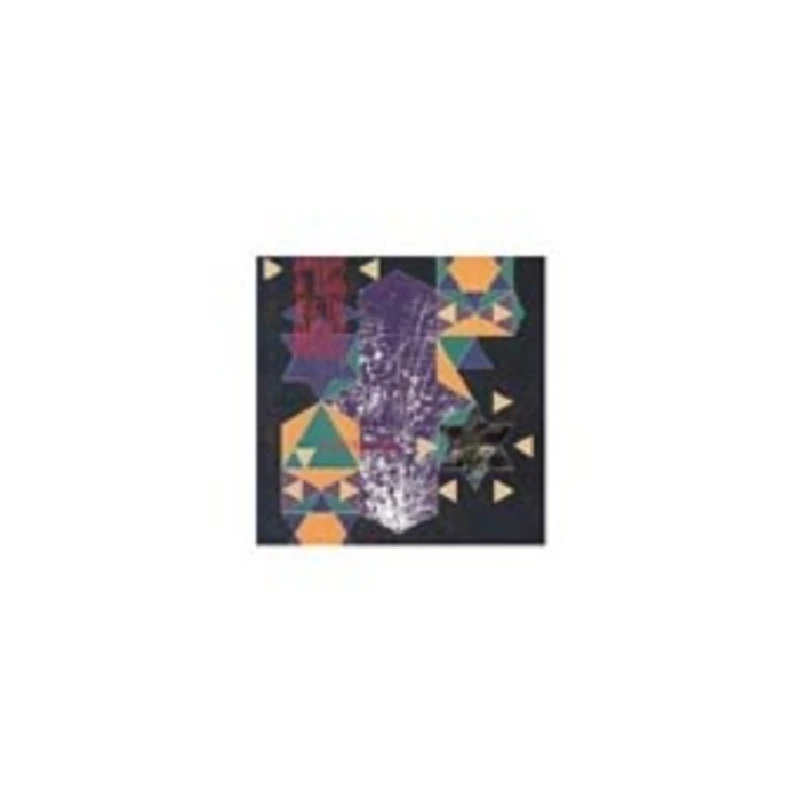
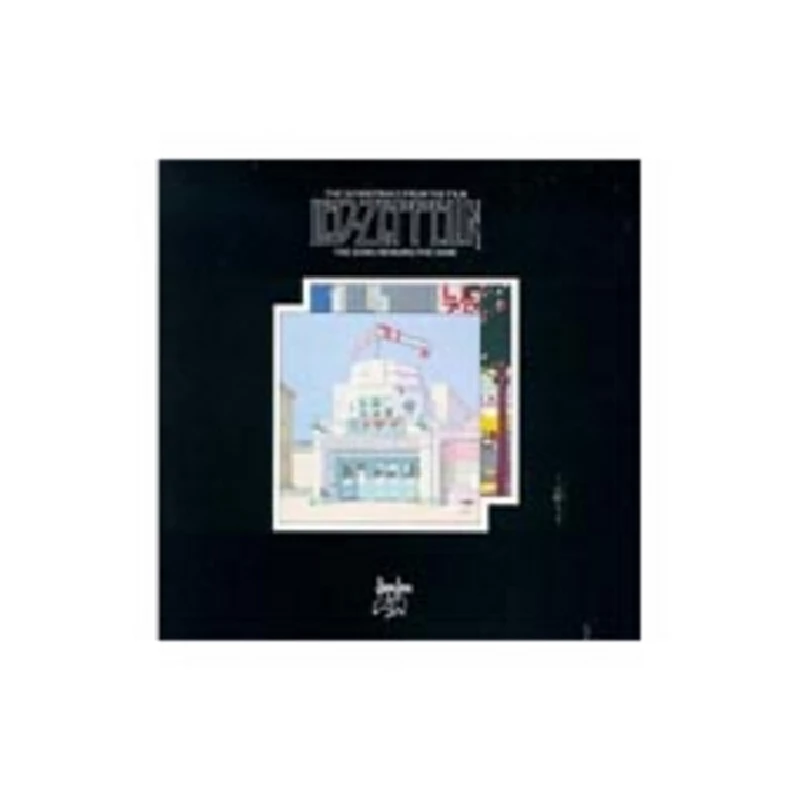
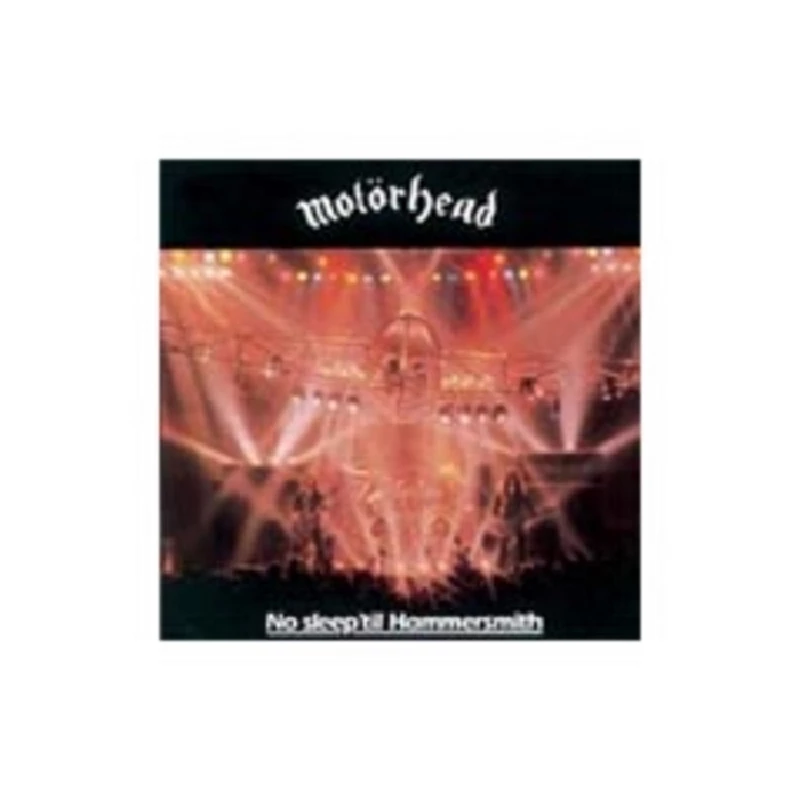
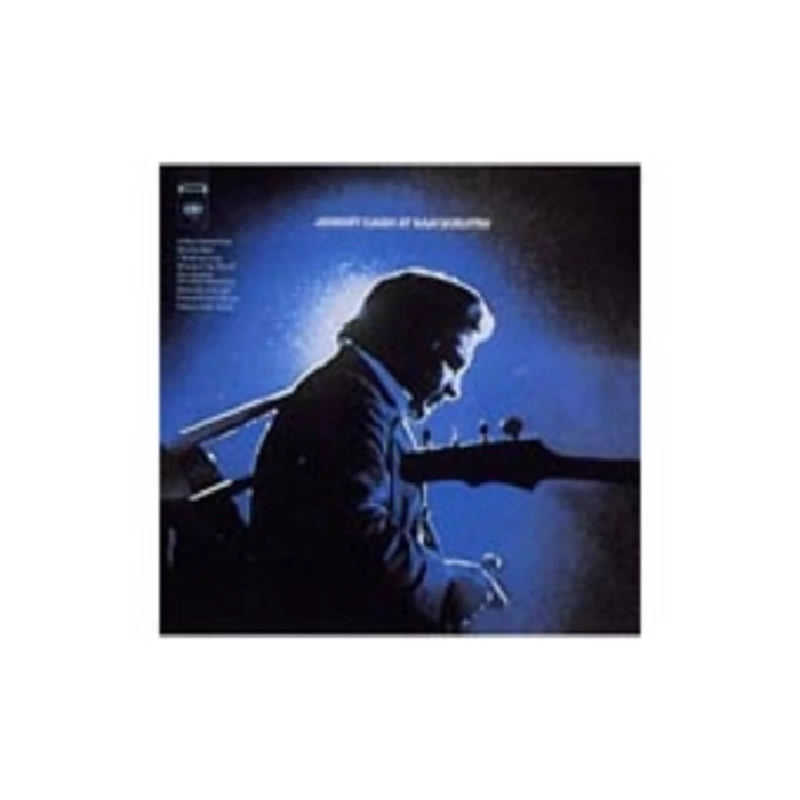
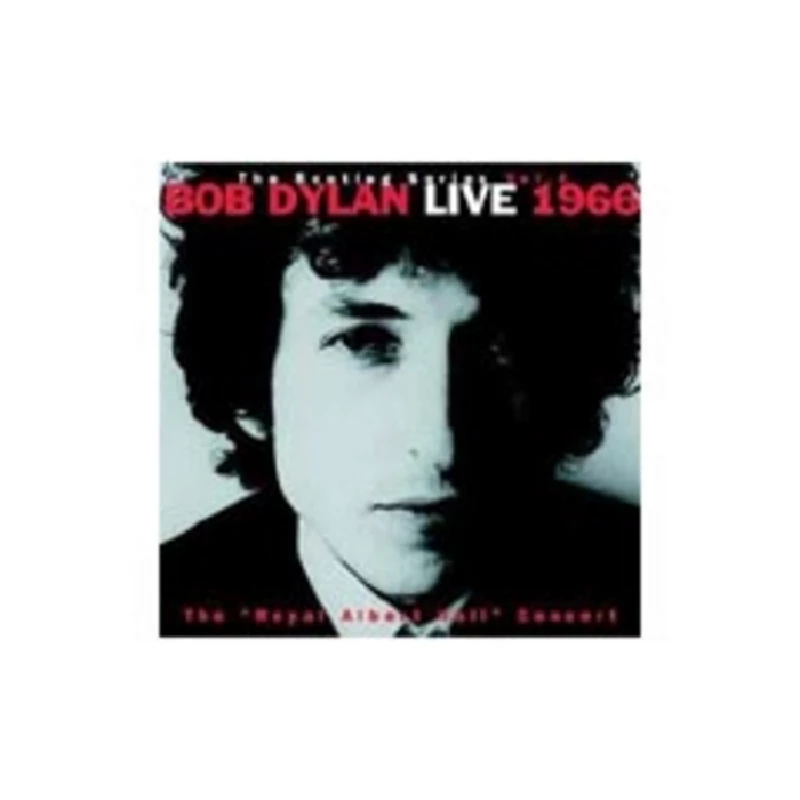
most viewed articles
current edition
Carl Ewens - David Bowie 1964 to 1982 On Track: Every Album, Every SongBathers - Photoscapes 1
Armory Show - Interview with Richard Jobson
Colin Blunstone - Thalia Hall, Chicago, 16/7/2025
John McKay - Interview
Visor Fest - Valencia, Spain, 26/9/2025...27/9/2025
Billie Eilish - O2 Arena, London, 10/7/2025
Bathers - Photoscapes 2
Editorial - July 2025
Sir Tim Rice - Interview
previous editions
Heavenly - P.U.N.K. Girl EPOasis - Oasis, Earl's Court, London, 1995
Trudie Myerscough-Harris - Interview
Pixies - Ten Songs That Made Me Love...
Simon Heavisides - Destiny Stopped Screaming: The Life and Times of Adrian Borland
Beautiful South - Ten Songs That Made Me Love...
Prolapse - Interview
Boomtown Rats - Ten Songs That Made Me Love....
Blues and Gospel Train - Manchester, 7th May 1964
Donovan - Ten Songs That Made Me Love...
most viewed reviews
current edition
Amy Macdonald - Is This What You've Been Waiting For?Sick Man of Europe - The Sick Man of Europe
Alice Cooper - The Revenge of Alice Cooper
Phew, Erika Kobayashi,, Dieter Moebius - Radium Girls
Lucy Spraggan - Other Sides of the Moon
Blueboy - 2
Cynthia Erivo - I Forgive You
Davey Woodward - Mumbo in the Jumbo
Lapsley - I'm a Hurricane, I'm a Woman In Love
Philip Jeays - Victoria
Pennyblackmusic Regular Contributors
Adrian Janes
Amanda J. Window
Andrew Twambley
Anthony Dhanendran
Benjamin Howarth
Cila Warncke
Daniel Cressey
Darren Aston
Dastardly
Dave Goodwin
Denzil Watson
Dominic B. Simpson
Eoghan Lyng
Fiona Hutchings
Harry Sherriff
Helen Tipping
Jamie Rowland
John Clarkson
Julie Cruickshank
Kimberly Bright
Lisa Torem
Maarten Schiethart